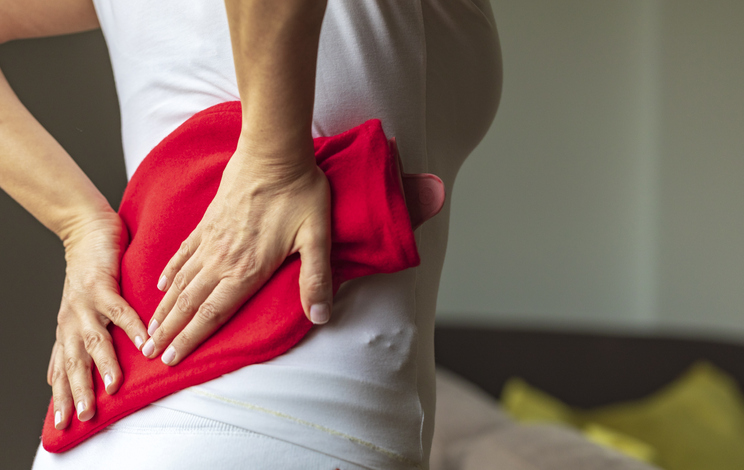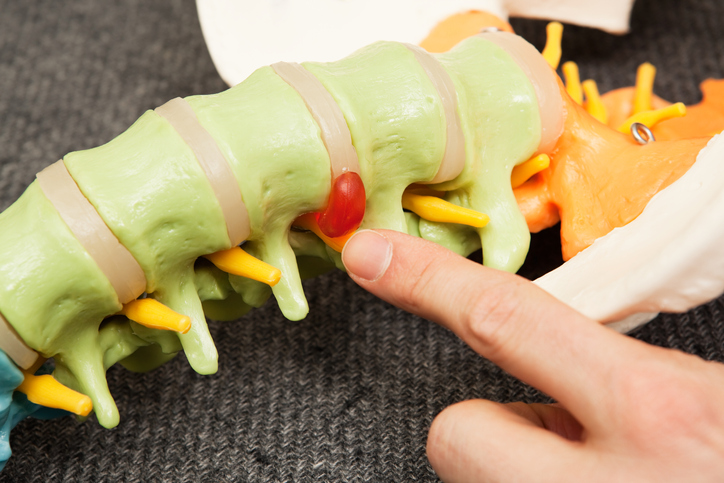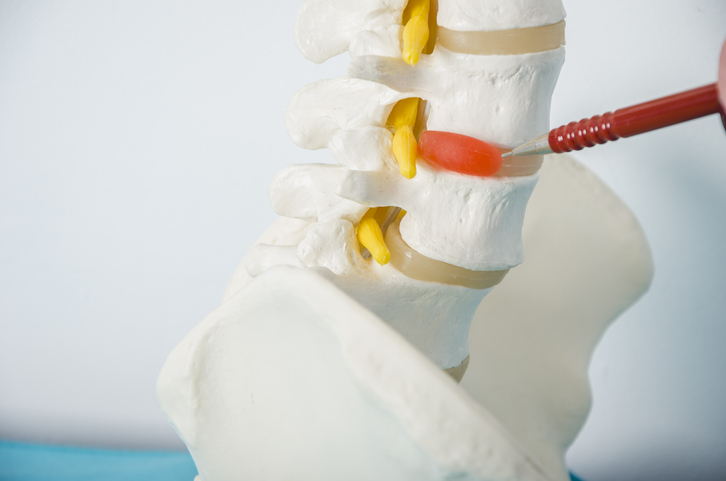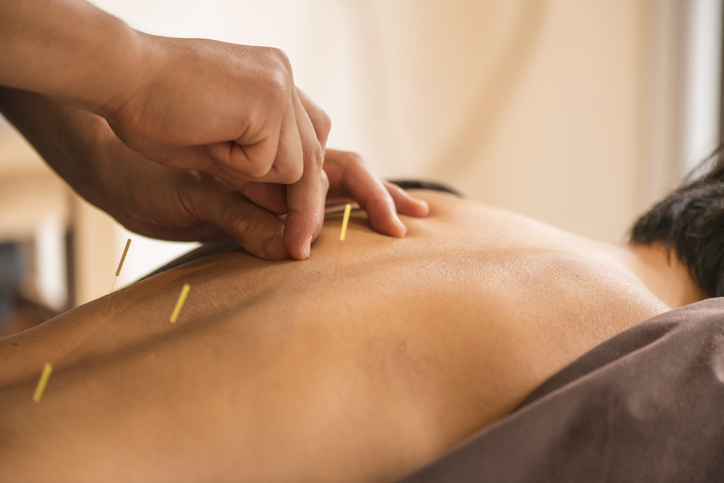Pain
At-Home Treatment Options for Herniated Discs

What is a herniated Disc?
Spinal discs are the rubbery cushions that act as shock absorbers between individual spinal vertebrae. As a disc naturally degenerates with age, the soft, jelly-like center of the disc (nucleus) can dehydrate, deteriorate, slip, collapse, protrude, rupture or tear through the tougher, rubbery exterior (annulus). In addition to natural degeneration of the spinal discs, other causes of herniated discs include trauma, a heavy blow to the back, or twisting or turning while lifting a heavy item.
A herniated disc can occur at any point of the spine, but cervical (neck) and lumbar (lower back) spinal discs are most commonly affected. The damaged disc(s) can irritate nearby nerves and cause pain, weakness, numbness, or radiating pain in the legs or arms. The pain typically worsens during physical activity and lessens during rest.
Treatment
In addition to conventional medical treatments for herniated discs, at-home treatments may help reduce discomfort. Alternative and complementary treatments for herniated discs are also an option.
At-home treatment options
Trial and error often determines which at-home treatments, or combination of treatments, most effectively reduce pain. At-home treatments include, but are not limited to, the following:
- Rest. Resting the back can give it time to heal and reduce inflammation. Bed rest may help with pain relief but should not be extended for more than one or two days. Excessive bed rest can cause the joints to stiffen and the muscles to become weak.
- Avoid painful activities. Activities that increase pain levels should be avoided. If pain begins to decrease, activities should be resumed slowly. Heavy lifting should be avoided until pressure is no longer on the nerve root.
- Try low-impact physical activity. Gentle stretching or light exercising can help relieve pressure placed on the nerve root while keeping the muscles flexible. A health care professional should be consulted to determine which stretches and exercises work best.
- Use temperature therapy. Ice and heat therapy can be alternated to help reduce inflammation and relieve pain. An ice pack or warm, wet towel can be placed on the painful area. Initially, cold packs should be used to decrease pain and reduce inflammation. After one or two days, heat therapy can be used to relax the muscles.
- Consider over-the-counter medication. Nonsteroidal anti-inflammatory medications, such as ibuprofen or naproxen, can help reduce pain and inflammation. However, these medications should not be taken for more than 10 days unless directed by a health care professional. Taking these medications for longer than directed can increase the risk of heart problems or bleeding issues.


















